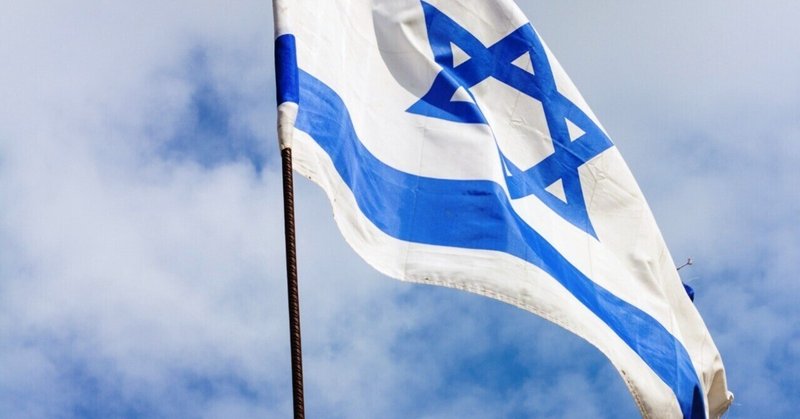
陸上植物には藻類の親戚がいるのか?
Do Land Plants Have Algal Relatives?
陸上植物には藻類の親戚がいるのか?
Evolutionists recently reported observations about a plant group called the Zygnematophyceae (a class of green algae). They claimed to know more about its evolutionary history. This class of algae has been suggested as the closest evolutionary ancestor of land plants via “algal multicellularity.” Gabriele Meseg-Rutzen of the University of Cologne told PhysOrg,
最近、進化論者が緑藻類の一種である「ホシミドロ藻綱(Zygnematophyceae)」と呼ばれる植物群に関する観察結果を報告しました。彼らは、その進化の歴史をより詳しく知ることができたと主張しています。この報告では、藻類の仲間は「藻類の多細胞性」を介して陸上植物に最も近い進化的祖先であることが示唆されています。ケルン大学のGabriele Meseg-Rutzen氏は、PhysOrgに次のように語っています:
An international team of scientists led jointly by the Universities of Göttingen and Cologne has deciphered the evolutionary history of zygnematophytes. Their results reveal the internal relationships in this group of algae using state-of-the-art phylogenomic analyses and pinpoint the emergences of algal multicellularity.1
「ゲッティンゲン大学とケルン大学が共同で率いる国際研究チームは、ホシミドロ藻綱の進化の歴史を解読しました。この成果は、最先端の系統解析によってこの藻類群の内部関係を明らかにし、藻類の多細胞性の出現を突き止めたものです」
Perhaps the most revealing quote of the article shows the tenuous nature of this algal/land plant connection.
この記事で最も明らかに示されたことは、この藻類と陸上植物のつながりが希薄である、ということです。
The fact that the Zygnematophyceae diverged from their last common ancestor with plants about 550 million years ago and since then charted their own evolutionary path might be the reason for this marked morphological split.1 (emphasis added)
「ホシミドロ藻綱が約5億5千万年前に植物との最後の共通祖先から分岐し、その後独自の進化の道を歩んできた」とされたことが、この顕著な形態的分裂の理由かもしれません。
The researchers introduced a formulated five-order system of the zygnematophytes, but it only enabled them to reconstruct the most likely pattern of body plan evolution.
研究者たちは、ホシミドロ藻綱の5階級システムを導入しましたが、それはボディプランの進化の最も可能性の高いパターンを再構築することを可能にしただけに過ぎません。
Creationists and evolutionists agree that there is indeed a marked morphological separation (or difference) between land plants and the Zygnematophyceae. Evolutionists must appeal to an unknown common ancestor of the two, with the divergence occurring over half a billion years ago (the unobserved past), but nonetheless maintaining that it’s a scientific fact. Creationists state algae has always been algae2 and land plants have always been land plants.3
創造論者と進化論者の間では、陸上植物とホシミドロ藻綱の間には、確かに顕著な形態的分離(または違い)があることで一致しています。進化論者は、両者の共通祖先が不明であり、分岐が5億年以上前(観測されていない過去)に起こったことをアピールする必要がありますが、それでも科学的事実である、と主張しています。創造論者は、藻類は常に藻類であり、陸上植物は常に陸上植物であると述べています。
Indeed, the differences between land plants and algae are legion. The two groups were created to inhabit different ecological niches at creation thousands of years ago. Land plants, or embryophytes, consist of cells and tissues.
実際、陸上植物と藻類の違いは実に多いのです。この2つのグループは、数千年前の天地創造時に、異なる生態的地位(ある生物種が生息している特別な環境)に生息するように創られました。陸上植物(胚葉)は、細胞と組織で構成されています。
The tissues are organized into three tissue systems: the dermal tissue system (the covering of the plant body), the vascular tissue system (the complex conducting of water and food) and the ground tissue system (photosynthesis and support). Although no set definition of algae is accepted, algae lacks many of the distinct tissue and cell types such as stomata, phloem, and xylem found in land plants. Regardless, evolutionists must posit how algae evolved into the embryophytes. This means that single-celled algae must have evolved into a multicellular organism many millions of years ago.
組織は、真皮組織系(植物体を覆う)、維管束組織系(水や食物を複雑に運ぶ)、地上組織系(光合成とサポート)の3つの組織系で構成されています。藻類の定義は定まっていませんが、藻類には、陸上植物に見られる気孔、師部、木部などの明確な組織や細胞型の多くが欠如しています。いずれにせよ、進化論者は、藻類がどのようにして有胚植物に進化したか、つまり、単細胞の藻類が何百万年も前に多細胞生物に進化したことを断定する必要があります。
In 2019, an incredible—and incorrect—announcement was made after observing a single-celled algae evolve into a multicellular organism.4 But,
2019年、単細胞の藻類が多細胞生物に進化する様子を観察した結果、信じられないような、誤った発表がなされました。しかし、
Not only did the researchers make the extravagant claim that they had observed the evolution of multicellularity, but they also claimed that the “selection pressure” of a predator’s presence caused the alleged evolutionary process. But a newly evolved multicellular creature was never observed—just globs of algae documented previously as in other studies.5
研究者たちは、多細胞性の進化を観察したという、とっぴな主張をしただけでなく、捕食者の存在による「選択圧」が進化のプロセスを引き起こしたと主張したのです。しかし、新たに進化した多細胞生物は観察されず、他の研究と同様に藻類の塊が記録されただけでした。
At the end of the article Professor Dr. Jan de Vries of the University of Göttingen states,
記事の最後に、ゲッティンゲン大学のヤン・デ・フリース教授は次のように述べています:
"Such insights and the new phylogenomic framework are fundamental for adequately performing future comparative analyses and for inferring the development of cellular traits and body plans from algae to plants" (emphasis added)
「このような洞察と新しい系統解析の枠組みは、今後、比較解析を適切に行えば、藻類から植物への細胞特質やボディプランの発達を推測するための基礎となります」
Inference only, not scientific fact.
これは、あくまで推論であり、科学的事実ではありません。
Finally, it should be noted that other evolutionists disagree with this algae-embryophyte connection and suggest that land plants instead evolved from streptophytes (e.g. the charophyte algae) because the streptophytes live in fresh water,6 while two other evolutionists consider the embryophytes to have evolved from stoneworts (charophyte algae).7
最後に、他の進化論者たちが、この藻類と有胚植物の関係に異を唱え、陸上植物はストレプト植物(チャロファイトト藻類など)から進化したと指摘していること(ストレプト植物は淡水に生息するため)、また、有胚植物が車軸藻(シャジクモ類)から進化したと考えている進化論者も2人いることに注目すべきです。
Creationists maintain embryophytes and algae were both created on day 3 of the creation week about six thousand years ago.
創造論者は、有胚植物と藻類はどちらも約6000年前の創造週の3日目に創造されたと主張しています。
ICR
https://www.icr.org/articles/type/9
この記事が気に入ったらサポートをしてみませんか?
